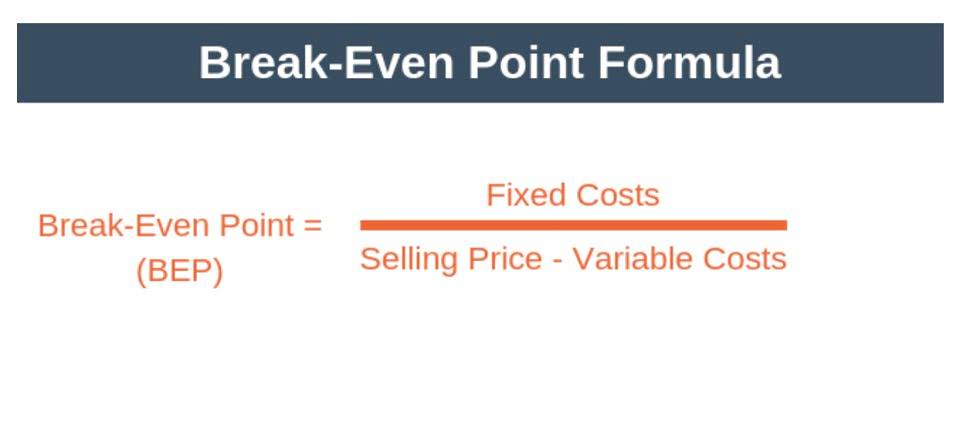Content
- Impact of transactions on accounting equation
- The Math Behind the Accounting Equation
- The balance sheet always balances - Asset = Liability + Owner’s equities
- Single-entry accounting
- The accounting equation formula is: Assets = Liabilities + Owners’ or Stockholders’ Equity.
- What is the accounting equation?
- Who Uses the Accounting Equation?

The balance sheet equation answers important financial questions for your business. Use the balance sheet equation when setting your budget or when making financial decisions. Your bank account, company vehicles, office equipment, and owned property are all examples of assets.
- To fine tune their choices, they will turn to a variety of online options — search engines, online marketplaces, brand sites and social media.
- The Accounting Equation is a vital formula to understand and consider when it comes to the financial health of your business.
- Obligations owed to other companies and people are considered liabilities and can be categorized as current and long-term liabilities.
- Your bank account, company vehicles, office equipment, and owned property are all examples of assets.
Thus, the asset and equity sides of the transaction are equal. The accounting equation shows how a company’s assets, liabilities, and equity are related and how a change in one typically results in a change to another. In the accounting equation, assets are equal to liabilities plus equity.
Impact of transactions on accounting equation
One of the main benefits of using the accounting equation is the fact that it provides an easy way to verify the accuracy of your bookkeeping. This may indicate what is the accounting equation that you aren’t managing your money very well. On the other hand, if the equation balances, it is a good indication that your finances are on the right track.
- The Accounting Equation is the foundation of double-entry accounting because it displays that all assets are financed by borrowing money or paying with the money of the business’s shareholders.
- Investors are interested in a business’s cash flow compared to its liability, which reflects current debts and bills.
- Almost all businesses use the double-entry accounting system because, truthfully, single-entry is outdated at this point.
- For example, John Smith may own a landscaping company called John Smith’s Landscaping, where he performs most — if not all — the jobs.
- Inventory includes all raw materials, work-in-process, finished goods, merchandise, and consigned goods being offered for sale by third parties.
- The balance sheet equation answers important financial questions for your business.
Accountants and members of a company’s financial team are the primary users of the accounting equation. Understanding how to use the formula is a crucial skill for accountants because https://www.bookstime.com/articles/do-i-need-a-personal-accountant it is a quick way to check that transactions are recorded correctly. In this form, it is easier to highlight the relationship between shareholder’s equity and debt (liabilities).
The Math Behind the Accounting Equation
These are some simple examples, but even the most complicated transactions can be recorded in a similar way. For every transaction, both sides of this equation must have an equal net effect. Below are some examples of transactions and how they affect the accounting equation. Journal entries often use the language of debits (DR) and credits (CR).
By using the above equation, the bookkeepers and accountants ensure that the "balance" always holds i.e., both sides of the equation are always equal. She has been working in the writing sphere for the last five years, covering everything from breaking news to lifestyle features, and now digital payments. Caroline previously served as the Marketing Coordinator at PaymentCloud, a merchant services provider that offers hard-to-place solutions for business owners across the nation.
The balance sheet always balances - Asset = Liability + Owner’s equities
In terms of results, in double-entry accounting both sides of the accounting equation are required to balance out at all times. For example, if your business assets total $200,000, the sum of your liabilities plus the owners’ or stockholders’ equity also equals $200,000. If it doesn’t balance, go back and check for an accounting or data entry error. Examples of assets include cash, accounts receivable, inventory, prepaid insurance, investments, land, buildings, equipment, and goodwill.
Whether you call it the accounting equation, the accounting formula, the balance sheet equation, the fundamental accounting equation, or the basic accounting equation, they all mean the same thing. On the other hand, double-entry accounting records transactions in a way that demonstrates how profitable a company is becoming. Investors are interested in a business’s cash flow compared to its liability, which reflects current debts and bills. Shareholder Equity is equal to a business’s total assets minus its total liabilities. It can be found on a balance sheet and is one of the most important metrics for analysts to assess the financial health of a company. This increases the inventory (Asset) account and increases the accounts payable (Liability) account.